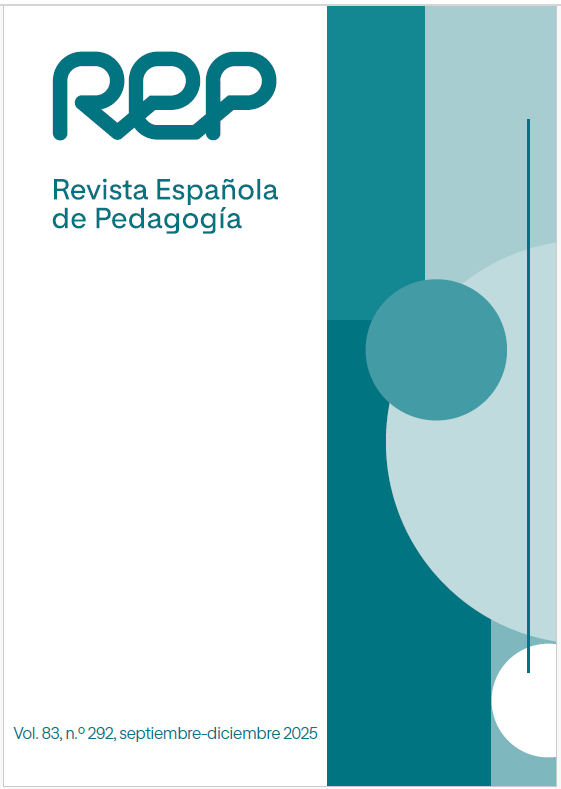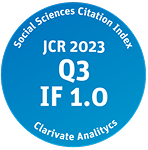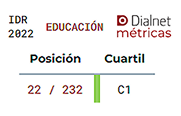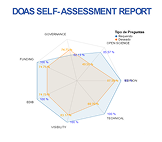Innovative learning spaces for the university of the future. Bibliometric review (2011-2024)
DOI:
https://doi.org/10.9781/rep.2025.388Keywords:
Innovative physical spaces, virtual learning environments, educational technology, classroom of the future, higher education, educational trendsAbstract
In recent years, there has been an increase in innovative learning spaces in the educational context becoming one of the main national and international trends. This study aims to analyse the scientific production on the influence of these spaces in the university teaching and learning process between 2011 and 2024. A bibliometric and systematic review has been carried out following the PRISMA guidelines, identifying 56 articles indexed in Web of Science with a high concordance index (k = 0.97). Descriptive analysis and co-citation cluster analysis of references, sources and authors were carried out. The results show an exponential growth of studies focused on these spaces, mainly in Spain. They also reveal a clear structure in four thematic blocks: (a) theoretical foundations, (b) impact, (c) pedagogical innovations and educational technologies, and (d) social context. Where appropriate, the sources are organised into four clusters on (a) teaching and learning in higher education, (b) technology in education, (c) pedagogical innovation and (d) health sciences education. The network of author co-citations reveals four main clusters: (a) innovative approaches, (b) educational technology, (c) intercultural approach and (d) experiential learning. It is concluded that innovative learning spaces are a fundamental, influencing the development of health sciences education.
Downloads
References
Al-Lal, M. F. (2021). Aula inteligente: definición y evolución. Didasc@ lia: Didáctica y Educación, 12(2), 96-118.
Araiza-Vázquez, M. J., Figueroa-Garza, F. G., y Pedraza-Sánchez, E. Y. (2023). Estimación del rendimiento de los estudiantes en una experiencia de aprendizaje móvil. Formación Universitaria, 16(1), 33-44. http://dx.doi.org/10.4067/S0718-50062023000100033
Baque, P. G. C., y Marcillo, C. (2020). Estrategias pedagógicas innovadoras en entornos virtuales de aprendizaje. Dominio de las Ciencias, 6(3), 56-77. http://dx.doi.org/10.23857/dc.v6i3.1274
Bautista, G., Escofet, A., y López, M. (2019). Diseño y validación de un instrumento para medir las dimensiones ambiental, pedagógica y digital del aula. Revista Mexicana de Investigación Educativa, 24(83), 1055-1075.
Benade, L. (2019). Flexible Learning Spaces: Inclusive by Design? New Zealand Journal of Educational Studies, 54, 53-68. https://doi.org/10.1007/s40841-019-00127-2
Bolliger, D. U., y Halupa, C. (2018). Online student perceptions of engagement, transactional distance, and outcomes. Distance Education, 39(3), 299-316. https://doi.org/10.1080/01587919.2018.1476845
Carvalho, L., y Yeoman, P. (2021). Performativity of materials in learning: The learning-whole in action. International Journal of Educational Research, 10(1), 28-42. https://doi.org/10.7821/naer.2021.1.627
Cleveland, B., y Fisher, K. (2014). The evaluation of physical learning environments: A critical review of the literature. Learning Environments Research, 17(1), 1-28. https://doi.org/10.1007/s10984-013-9149-3
Dede, C. (2010). Comparing frameworks for 21st century skills. En J. Bellanca y R. Brandt (eds.), 21st century skills: Rethinking how students learn (pp. 51-76). Solution Tree Press.
Desbrow, J. M., y Domínguez, S. C. (2020). El espacio como elemento facilitador del aprendizaje y de atención a la diversidad. Revista de Estilos de Aprendizaje, 13(25), 1-3. https://doi.org/10.55777/rea.v13i25.2092
Díaz, L. A. (2022). El Aula del Futuro en la Europa del siglo XXI: de la teoría y la práctica, de lo digital y lo físico. En Pedagogía de las cosas: quiebras de la educación de hoy (pp. 287-293). Ediciones Octaedro.
Divyashree, M. (2018). Flipped Classroom-An Innovative Methodology for Effective Teaching Learning Process. Asian Journal of Management, 9(1), 451-456. http://dx.doi.org/10.5958/2321-5763.2018.00070.7
Düzenli, T., Alpak, E., Çiğdem, A., y Tarakçı Eren, E. (2018). The Effect of Studios on Learning in Design Education. Journal of History Culture and Art Research, 7(2), 191-204. http://dx.doi.org/10.7596/taksad.v7i2.1392
Engel Rocamora, A., y Coll Salvador, C. (2022). Entornos híbridos de enseñanza y aprendizaje para promover la personalización del aprendizaje. RIED-Revista Iberoamericana de Educación a Distancia, 25(1), 225-242. https://doi.org/10.5944/ried.25.1.31489
Fullan, M., Quinn, J., McEachen, J., Gardner, M., y Drummy, M. (2021). Sumergirse en el aprendizaje profundo: Herramientas atractivas. Ediciones Morata.
González-Zamar, M. D., y Abad-Segura, E. (2020). Diseño del espacio educativo universitario y su impacto en el proceso académico: análisis de tendencias. Revista de Estilos de Aprendizaje, 13(25), 1-13.
Granito, V. J., y Santana, M. E. (2016). Psychology of Learning Spaces: Impact on Teaching and Learning. Journal of Learning Spaces, 5(1), 1-8.
Johnson, L., Adams Becker, S., Estrada, V., y Freeman, A. (2016). NMC/CoSN Horizon Report: 2016 K-12 Edition. The New Media Consortium. https://files.eric.ed.gov/fulltext/ED570463.pdf
Kellermeyer, L., Harnke, B., y Knight, S. (2018). Covidence and Rayyan. Journal of the Medical Library Association, 106(4), 580.
Knezek, G., Christensen, R., y Furuta, T. (2019). Validation of a teacher educator technology competencies survey. Journal of Technology and Teacher Education, 27(4), 465-498.
Lave, J., y Wenger, E. (1991). Situated learning: Legitimate peripheral participation. Cambridge University Press. https://doi.org/10.1017/CBO9780511815355.
Lozano-Díaz, A., Fernández-Prados, J. S., Figueredo Canosa, V., y Martínez Martínez, A. M. (2020). Impactos del confinamiento por el COVID-19 entre universitarios: Satisfacción Vital, Resiliencia y Capital Social Online. International Journal of Sociology of Education, Special Issue: COVID-19 Crisis and Socioeducative Inequalities and Strategies to Overcome them, 79-104.
Mahat, M., Bradbeer, C., Byers, T., e Imms, W. (2018). Innovative Learning Environments and Teacher Change: Defining key concepts. University of Melbourne, LEaRN. http://www.iletc.com.au/publications/reports
Navarro-González, I. (2023). La educación infantil en los países nórdicos: iniciativas innovadoras. IE Revista de Investigación Educativa de la REDIECH, 14, e1911. https://doi.org/10.33010/ie_rie_rediech.v14i0.1911
OECD (2015). Students, computers and learning: Making the connection. OECD Publishing. https://doi.org/10.1787/9789264239555-en
Page, M. J., McKenzie, J. E., Bossuyt, P. M., Boutron, I., Hoffmann, T. C., y Mulrow, C. D. (2021). The PRISMA 2020 statement: an updated guideline for reporting systematic reviews. British Medical Journal, 372(71), 1-9. https://doi.org/10.1136/bmj.n71
Parody, L. M., Leiva, J. J., y Santos-Villalba, M. (2022). El Diseño Universal para el aprendizaje en la Formación Digital del Profesorado desde una mirada pedagógica inclusiva. Revista Latinoamericana de Educación Inclusiva, 16(2), 109-123. http://dx.doi.org/10.4067/S0718-73782022000200109
Piaget, J. (1977). The development of thought: Equilibration of cognitive structures. Viking Press.
Radcliffe, D. (2008). A pedagogy-space-technology (PST) framework for designing and evaluating learning places. En D. Radcliffe, H. Wilson, D. Powell y B. Tibbetts (eds.), Learning spaces in higher education: Positive outcomes by design (pp. 9-16). The University of Queensland.
Rovai, A. P. (2018). Building a sense of community at a distance: What remains important in the digital age? Journal of Education and Learning, 7(2), 103-112. https://doi.org/10.4000/dms.2685
Shevchenko, L., Makhynia, N., Polishchuk, G., Sotska, H., Koval, V., y Grygorenko, T. (2021). The Training of Future Teachers for Innovative Teaching Activities. Postmodern Openings, 12(1), 21-37. https://doi.org/10.18662/po/12.1/243
Tena, R., y Carrera, N. (2020). The Future Classroom Lab as a Framework of Development for Competency-and Project-based Learning. Revista Mexicana de Investigación Educativa, 25(85), 449-468.
Uman, L. S. (2011). Systematic Reviews and Meta-Analyses. Journal of the Canadian Academy of Child & Adolescent Psychiatry, 20(1), 57-59. https://doi.org/10.1007/BF03305643
Urrútia, G., y Bonfill, X. (2010). Declaración PRISMA: una propuesta para mejorar la publicación de revisiones sistemáticas y metaanálisis. Medicina Clínica, 135(11), 507-511. https://doi.org/10.1016/j.medcli.2010.01.015
Vite, H. R. (2014). Ambientes de aprendizaje. Ciencia Huasteca Boletín Científico de la Escuela Superior de Huejutla, 2(4) 1-7. https://doi.org/10.29057/esh.v2i4.1069
Vygotsky, L. S. (1978). Mind in society: The development of higher psychological processes. Harvard University Press.
Weiss, A. (2019). Infraestructura educativa y su incidencia en el proceso de enseñanza y aprendizaje. Revista Paraguaya de Educación, 8(1), 75-87.
Yang, J., Weiying, H. P., y Huang, R. (2018). Evaluation of smart classroom from the perspective of infusing technology into pedagogy. Smart Learning Environments, 58(20), 1-11. https://doi.org/10.1186/s40561-018-0070-1
Downloads
Published
-
Abstract729
-
PDF (Español)182
-
PDF224
How to Cite
Issue
Section
License
Copyright (c) 2025 Eva Jiménez-García, Judit Ruíz-Lázaro, María Huetos-Domínguez

This work is licensed under a Creative Commons Attribution-NonCommercial 4.0 International License.

